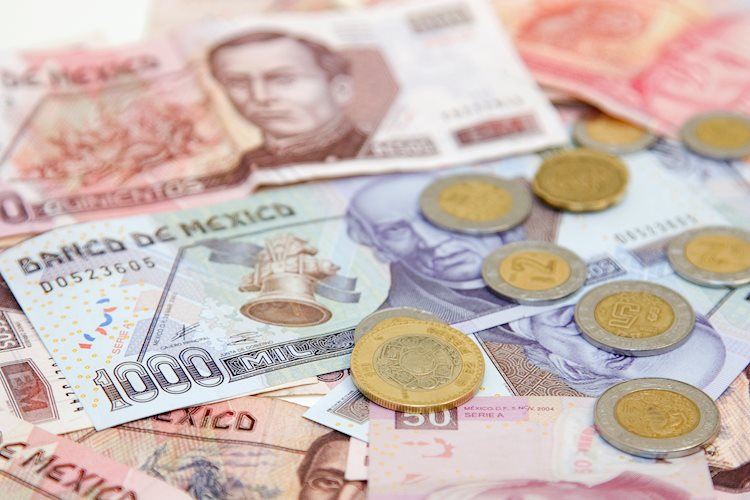The Mexican Peso is currently weakening as the chances of a Donald Trump victory in the upcoming election rises. The threat of tariffs on Mexican imports from Trump could lead to further depreciation of the Peso. However, there may be difficulties in implementing such tariffs due to the highly integrated supply chains between the US and Mexico. The USMCA agreement has deepened the product eco-systems across North America, making it challenging for Trump to carry out his tariff threats without negatively impacting the US economy as well.
The Mexican Peso is also facing domestic political risks, with the government seeking to impose judicial reform. Recent macroeconomic data from Mexico has been below expectations, with economic activity and retail sales missing the mark. This may result in the Bank of Mexico (Banxico) cutting interest rates at its upcoming meeting in November. However, inflows from the carry trade could offset some of these negative factors, especially as the Japanese Yen weakens.
The Mexican Peso is subject to significant election risk, especially with the tight race for the White House. If Trump were to win, it could result in further depreciation of the Peso. However, the interdependence of the US-Mexico supply chains may make it difficult for Trump to enforce his tariff threats effectively. In 2016, when Trump won the election, the Peso depreciated significantly, and a similar outcome this year could lead to further weakness.
The technical analysis suggests that USD/MXN has started a new upward movement, potentially forming a bullish ‘abc’ pattern. The current up leg of the pattern could reach a target of 20.29, with confirmation of the move higher if the exchange rate breaks above 20.09. The Peso may see a more moderate depreciation if the tariff threats are not realized due to the intertwined supply chains between the US and Mexico.
Banxico, the central bank of Mexico, plays a crucial role in maintaining the value of the Peso and setting monetary policy. The bank’s main objective is to keep inflation low and stable within target levels. Banxico primarily guides monetary policy by adjusting interest rates, with higher rates being favorable for the Peso as they attract investors. The bank’s decisions are often influenced by the US Federal Reserve, with meetings held after the Fed to react or anticipate monetary policy measures.
In conclusion, while the Mexican Peso faces risks from both the US election and domestic economic factors, including potential interest rate cuts by Banxico, the intertwined supply chains between the US and Mexico may limit the impact of Trump’s tariff threats. The technical analysis suggests a potential upward movement for USD/MXN, indicating a more moderate depreciation for the Peso. The outcome of the US election and Banxico’s monetary policy decisions will be crucial factors to watch for in the coming months.





















